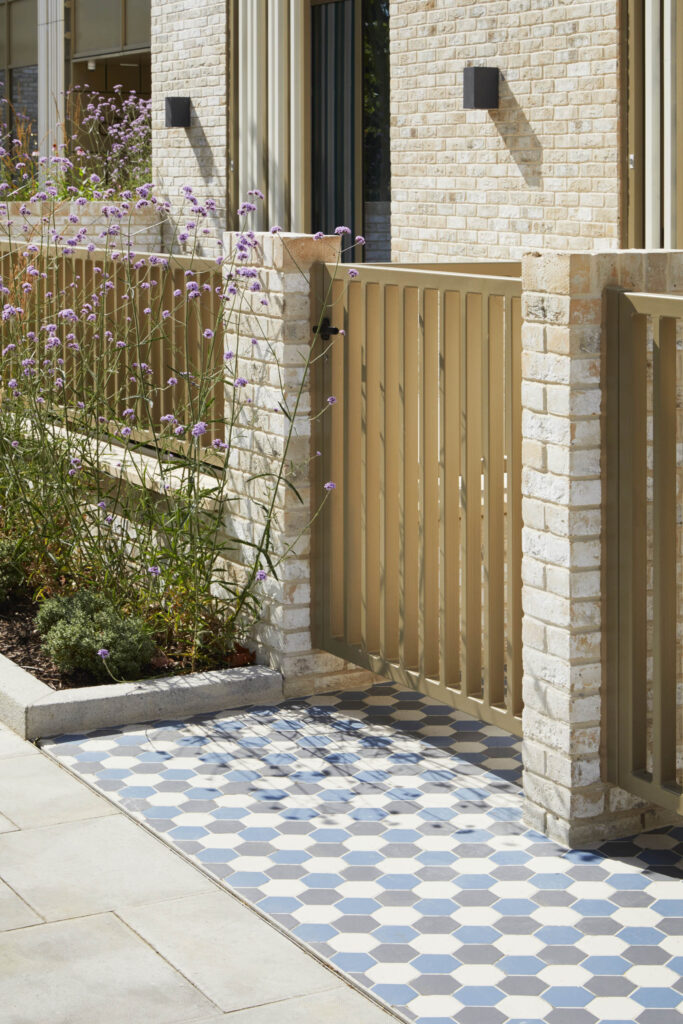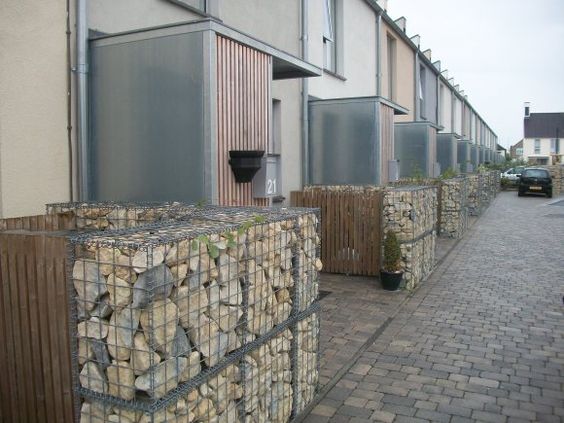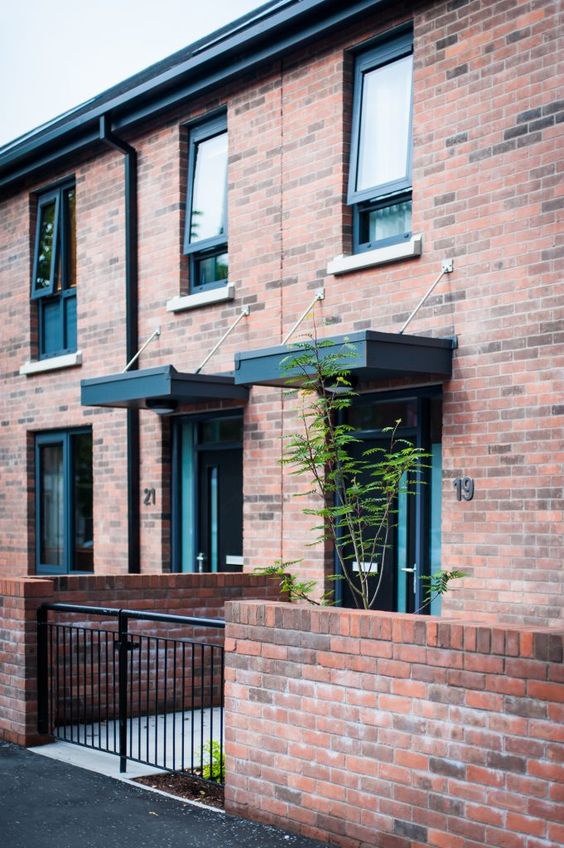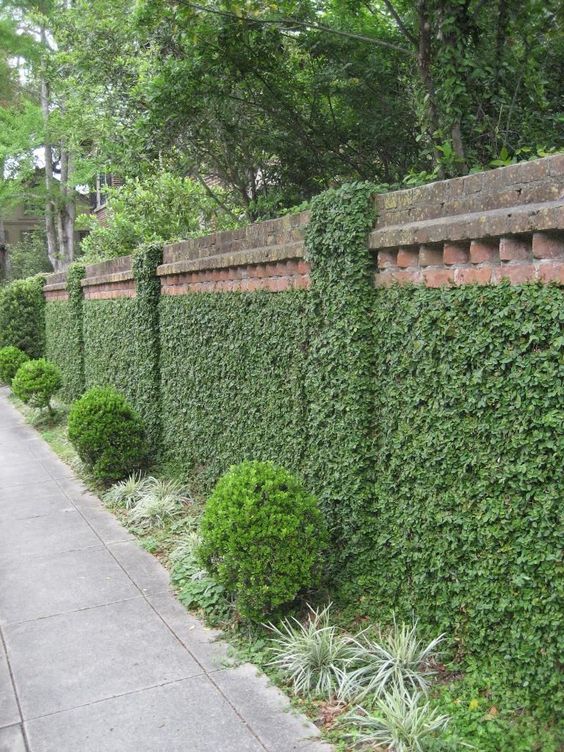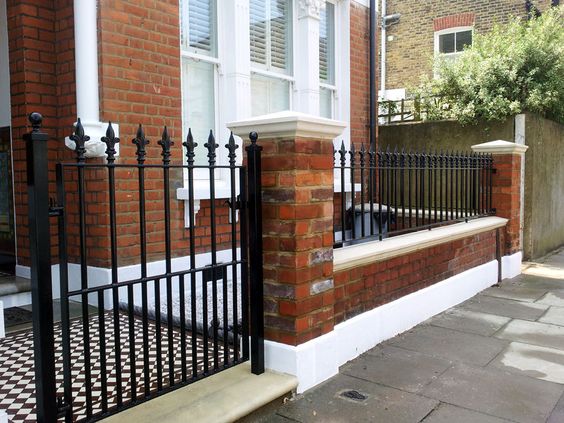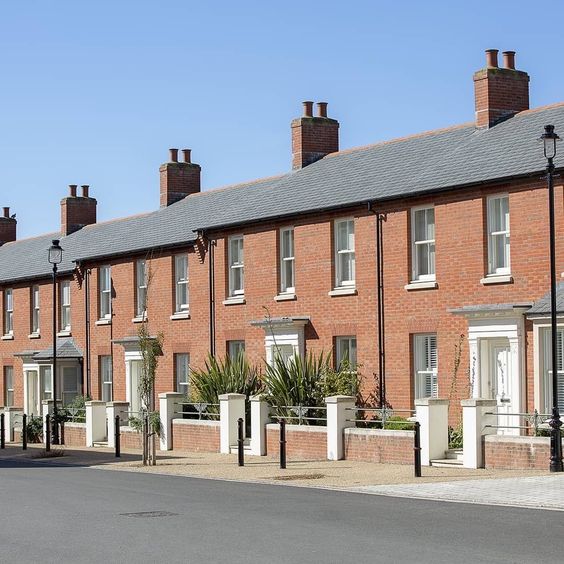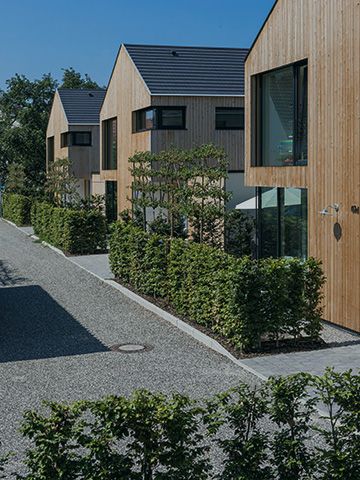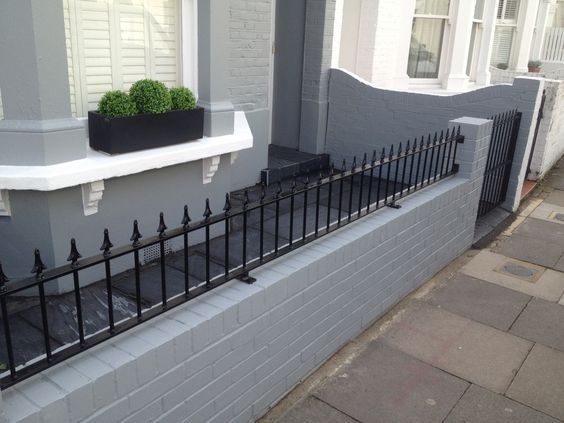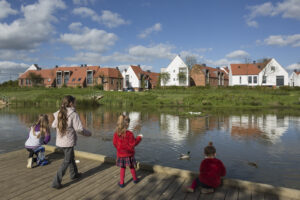
Derwenthorpe
Derwenthorpe by Studio Partington for Joseph Rowntree Foundation Derwenthorpe was one of the first large-scale low carbon communities in northern England. Its ‘green’ heating and
Boundaries and EdgesBoundaries and edges are an integral part of the urban design process, defining the limits and transitions between different spaces, providing a sense of place through visual, social, and physical cues. More
A large proportion of Trafford Borough is within a nationally recognised Critical Drainage Area. This means that significant areas are at a direct risk of flooding, whilst other areas have a vital role to play in preventing excess water run-off impacting those more critical areas. Each and every site has its role to play in addressing flood risk.
In an increasingly unpredictable and changing climate, it is imperative that sustainable urban drainageSuDS are a natural approach to managing drainage in and around properties and other developments. Sustainable drainage measures are ones which avoid adding to flood risks both at a development site and elsewhere in the catchment by replicating natural drainage processes. SuDS work by slowing and holding back the water that runs off from a site, alleviating flooding and allowing natural processes to break down pollutants. More solutions are achieved, wherever possible.
The ultimate positive solution is where the landscape and nature combine to deliver sustainable drainageSuDS are a natural approach to managing drainage in and around properties and other developments. Sustainable drainage measures are ones which avoid adding to flood risks both at a development site and elsewhere in the catchment by replicating natural drainage processes. SuDS work by slowing and holding back the water that runs off from a site, alleviating flooding and allowing natural processes to break down pollutants. More.
Sustainable Urban DrainageSuDS are a natural approach to managing drainage in and around properties and other developments. Sustainable drainage measures are ones which avoid adding to flood risks both at a development site and elsewhere in the catchment by replicating natural drainage processes. SuDS work by slowing and holding back the water that runs off from a site, alleviating flooding and allowing natural processes to break down pollutants. More systems (SUDSSuDS are a natural approach to managing drainage in and around properties and other developments. Sustainable drainage measures are ones which avoid adding to flood risks both at a development site and elsewhere in the catchment by replicating natural drainage processes. SuDS work by slowing and holding back the water that runs off from a site, alleviating flooding and allowing natural processes to break down pollutants. More) have the ability to:
The applicant must demonstrate that the proposed scheme complies with the ‘Drainage and Sustainable DrainageSuDS are a natural approach to managing drainage in and around properties and other developments. Sustainable drainage measures are ones which avoid adding to flood risks both at a development site and elsewhere in the catchment by replicating natural drainage processes. SuDS work by slowing and holding back the water that runs off from a site, alleviating flooding and allowing natural processes to break down pollutants. More Solutions’ best practice guidance set out within this chapter.
It is no longer acceptable to simply “get water off site” in the most efficient engineered manner (pipe).
SUDSSuDS are a natural approach to managing drainage in and around properties and other developments. Sustainable drainage measures are ones which avoid adding to flood risks both at a development site and elsewhere in the catchment by replicating natural drainage processes. SuDS work by slowing and holding back the water that runs off from a site, alleviating flooding and allowing natural processes to break down pollutants. More components work in a number of ways. They:
SUDSSuDS are a natural approach to managing drainage in and around properties and other developments. Sustainable drainage measures are ones which avoid adding to flood risks both at a development site and elsewhere in the catchment by replicating natural drainage processes. SuDS work by slowing and holding back the water that runs off from a site, alleviating flooding and allowing natural processes to break down pollutants. More schemes can use a combination of these processes. Every site has its part to play in mitigating flood risk. The landscape and nature elements of a site should contribute as positively as is possible to achieving this.
Larger sites with greater areas of open space have a significant role to play. For example, the open space system can successfully combine with a SUDsSuDS are a natural approach to managing drainage in and around properties and other developments. Sustainable drainage measures are ones which avoid adding to flood risks both at a development site and elsewhere in the catchment by replicating natural drainage processes. SuDS work by slowing and holding back the water that runs off from a site, alleviating flooding and allowing natural processes to break down pollutants. More scheme.
The Airfields, Deeside
Sitting at a low level, with marginal falls, and alongside the river Dee, this former Airfield site was developed through a landscape-led approach that placed the landscape infrastructure, and drainage strategy at the heart of the development, with large swales running through the open space elements of the scheme and defining the layout of the subsequent commercial, residential and industrial land parcels. The swales and system of connected ditches slowed and effectively stored water run-off from the new development.

There can be an incredibly successful symbiosis between landscape, nature and sustainable drainageSuDS are a natural approach to managing drainage in and around properties and other developments. Sustainable drainage measures are ones which avoid adding to flood risks both at a development site and elsewhere in the catchment by replicating natural drainage processes. SuDS work by slowing and holding back the water that runs off from a site, alleviating flooding and allowing natural processes to break down pollutants. More systems. Hence, it will be expected that landscape, nature and SUDsSuDS are a natural approach to managing drainage in and around properties and other developments. Sustainable drainage measures are ones which avoid adding to flood risks both at a development site and elsewhere in the catchment by replicating natural drainage processes. SuDS work by slowing and holding back the water that runs off from a site, alleviating flooding and allowing natural processes to break down pollutants. More are the first design tools in achieving a successful drainage scheme.
These ‘natural’ drainage solutions can provide all of the identified SUDsSuDS are a natural approach to managing drainage in and around properties and other developments. Sustainable drainage measures are ones which avoid adding to flood risks both at a development site and elsewhere in the catchment by replicating natural drainage processes. SuDS work by slowing and holding back the water that runs off from a site, alleviating flooding and allowing natural processes to break down pollutants. More benefits. Additional benefits that these can bring to wildlife as well as human-related benefits are also well documented. ‘Natural’ drainage solutions must be considered and incorporated wherever possible within sites. These may include:
There is a well-documented hierarchy of sustainable drainageSuDS are a natural approach to managing drainage in and around properties and other developments. Sustainable drainage measures are ones which avoid adding to flood risks both at a development site and elsewhere in the catchment by replicating natural drainage processes. SuDS work by slowing and holding back the water that runs off from a site, alleviating flooding and allowing natural processes to break down pollutants. More solutions.
Wherever possible, ‘natural’ drainage solutions should be introduced into a site’s landscape design and network of connected spaces. Where this is not possible, justification is required and other sustainable drainageSuDS are a natural approach to managing drainage in and around properties and other developments. Sustainable drainage measures are ones which avoid adding to flood risks both at a development site and elsewhere in the catchment by replicating natural drainage processes. SuDS work by slowing and holding back the water that runs off from a site, alleviating flooding and allowing natural processes to break down pollutants. More solutions can be utilised. These can include:
At the outset of the design process, the ground condition, water table and capacity for the entire site to drain in a sustainable manner should be confirmed through an appropriate technical assessment and report.
This preliminary baseline assessment and report must identify:
This baseline report must be submitted with the application and evidence should be presented at the submission stage to demonstrate how this information has fed in to the design.
A proposed SuDsSuDS are a natural approach to managing drainage in and around properties and other developments. Sustainable drainage measures are ones which avoid adding to flood risks both at a development site and elsewhere in the catchment by replicating natural drainage processes. SuDS work by slowing and holding back the water that runs off from a site, alleviating flooding and allowing natural processes to break down pollutants. More layout plan and accompanying statement must be prepared with any planning application submitted. Applications must also be accompanied by a North West SuDSSuDS are a natural approach to managing drainage in and around properties and other developments. Sustainable drainage measures are ones which avoid adding to flood risks both at a development site and elsewhere in the catchment by replicating natural drainage processes. SuDS work by slowing and holding back the water that runs off from a site, alleviating flooding and allowing natural processes to break down pollutants. More pro-forma, Flood Risk Assessment and Drainage Strategy / Statement as appropriate.
This information will include detailsThe details of a building are the individual components and how they are put together. Some are a deliberate part of the appearance of a building, including doors, windows and their surrounds, porches, decorative features and ironmongery. Others are functional, although they can also contribute to the appearance of a building. These include lighting, flues and ventilation, gutters, pipes and other rainwater details. Detailing affects the appearance of a building or space and how it is experienced. It also affects how well it weathers and lasts over time. More of:
How a sequential approach to sustainable drainageSuDS are a natural approach to managing drainage in and around properties and other developments. Sustainable drainage measures are ones which avoid adding to flood risks both at a development site and elsewhere in the catchment by replicating natural drainage processes. SuDS work by slowing and holding back the water that runs off from a site, alleviating flooding and allowing natural processes to break down pollutants. More on site will be implemented, as follows:
This information should be proportionate to the nature, scale and type of application. It must demonstrate that the proposed SUDsSuDS are a natural approach to managing drainage in and around properties and other developments. Sustainable drainage measures are ones which avoid adding to flood risks both at a development site and elsewhere in the catchment by replicating natural drainage processes. SuDS work by slowing and holding back the water that runs off from a site, alleviating flooding and allowing natural processes to break down pollutants. More scheme can be achieved, including:

Derwenthorpe by Studio Partington for Joseph Rowntree Foundation Derwenthorpe was one of the first large-scale low carbon communities in northern England. Its ‘green’ heating and
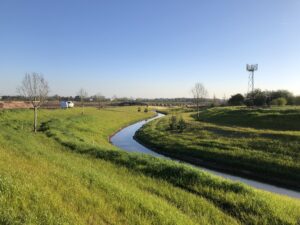
The Airfields, Deeside Sitting at a low level, with marginal falls, and alongside the river Dee, this former Airfield site was developed through a landscape-led
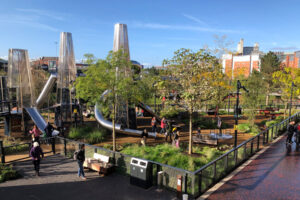
Mayfield Park by Gillespies and Studio Egret West for Mayfield Partnership Mayfield Park brings nature and green open spaces right into the heart of the
Trafford Council, Trafford Town Hall, Talbot Road, Stretford, M32 0TH
